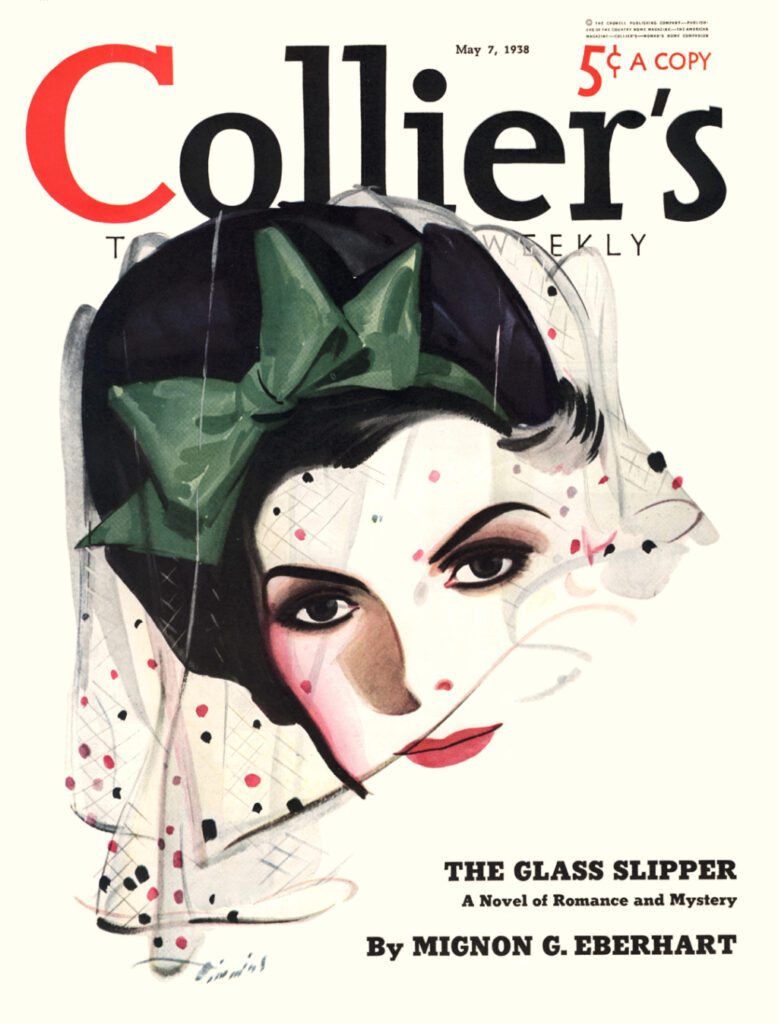Harry Laverne Timmins (1887-1963) had a good run as an illustrator. That's because he was highly competent and versatile stylistically. Which was why he was prolific, keeping busy even during the Great Depression.
This versatility allowed his work to shine as illustration fashions changed, 1920-1940. On the other hand, his style was never distinctive -- it can be difficult to identify his work absent a signature. This helped him survive economically during hard times, while illustrators with more distinctive touches often fell out of fashion, their careers on the rocks. Perhaps this characteristic held Timmins below First Team illustration status, working for second-tier magazines and not the likes of the Saturday Evening Post.
When his magazine illustration began to fade in the 1940s, he moved to California and did work of some sort for the movie industry.
The primary Web source on Timmins is
here, and includes a biography
here.
Not included below are many illuatrations he made in the 1920s for automobile makers. I might present some of those in a future post.
Gallery
Story Illustration - This Week Magazine - 1935
I find this interesting because it includes two of Timmins' styles in one setting. The foreground features modeled features, the background has line-defined subjects and flat colors.
Goodyear Lawn Hose advertisement - 1920
This is very much of its time, as many advertisements of that vintage used lines and flat, non-modeled areas to create a scene.
Illustration for Arkansas Soft Pine advertisement - 1922
Around that time Timmins did this solidly-modeled painting. As best I can tell, he favored watercolor and other "thin" media such as ink washes, perhaps bolstered by tempera or gouache.
Story Illustration - 1930
He seems to have traveled to Paris at the end of the 1920s because he made a number of illustrations featuring Parisian café scenes.
Story Illustration - 1931
This illustration and the one below were made about the same time, but have different styles. This is very early '30s.
Story Illustration - 1931
And this is an example of what become the fashion by the mid-1930s.
Story Illustration - American Magazine - 1933
Another Paris café scene. Note that Timmins carefully captured even those typical café chairs. And the newspaper the man in the foreground is reading. Click on this to enlarge.
Story Illustration - Ladies' Home Journal - 1932
This reminds me of the work of Henry Raleigh.
Collier's cover - 7 May 1938
Story Illustration - Collier's - 1939
Now Timmins is creating well-modeled subjects is the mainline style of the day using thin media.
Story Illustration - MacLean's - 1947
A late story illustration. Timmins could create dramatic scenes as well as static ones.











































